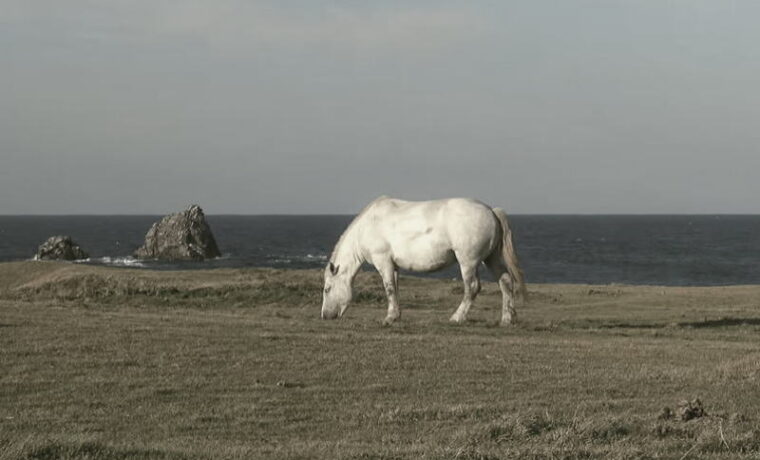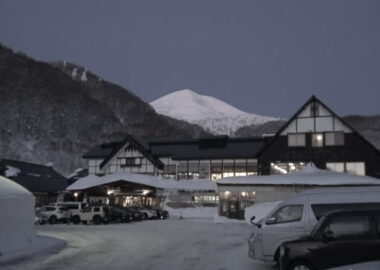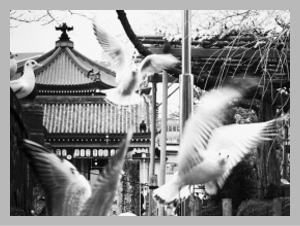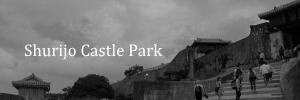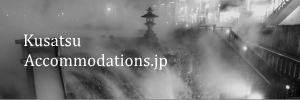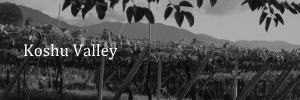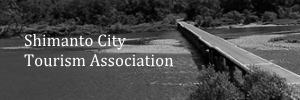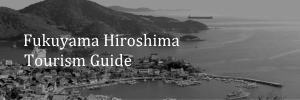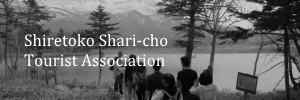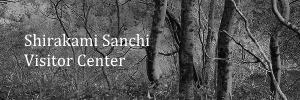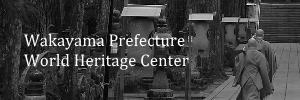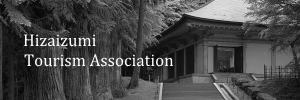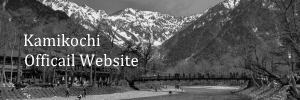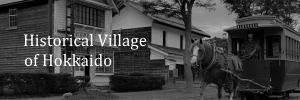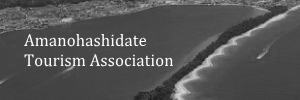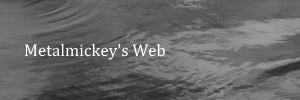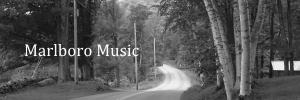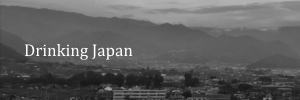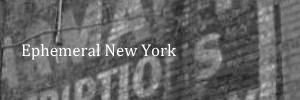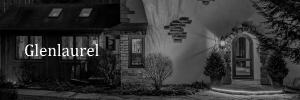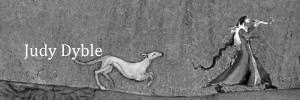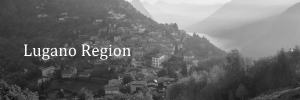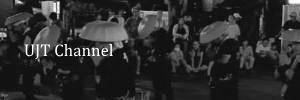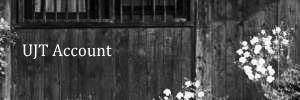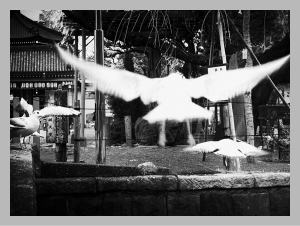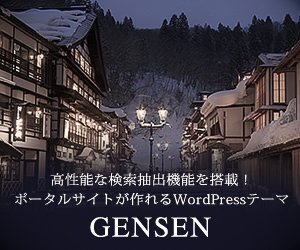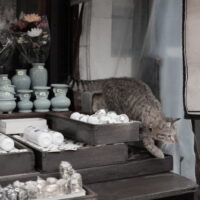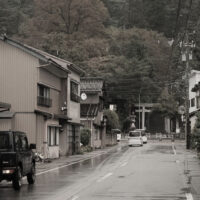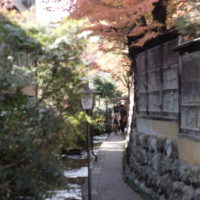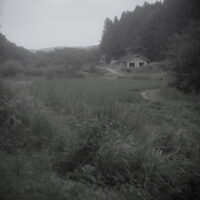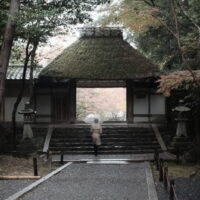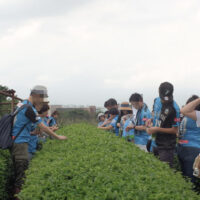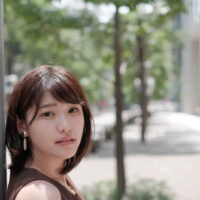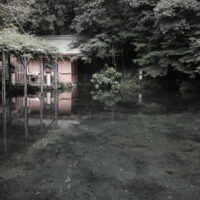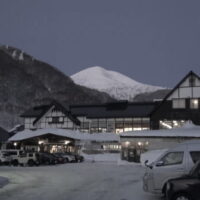First Visit: October 2018
Cape Shiriya (Shiriyazaki) is a headland at the northeastern tip of Honshu, Japan’s main island. It forms a boundary between Tsugaru Strait and the Pacific Ocean. Tsugaru Strait is separating Honshu from Hokkaido. In the past, the waters off the cape were feared by sailors and fishermen as being very dangerous. This is a point where the tidal current easily turns. In addition, there are a lot of rocky shallows around here. The dark and foggy seas caused lots of wrecks. That is why this cape used to be called “Cape Shipwreck.” On the shore stands a couple of tombstones as well as a small Jizo statue protecting the souls of the deceased.
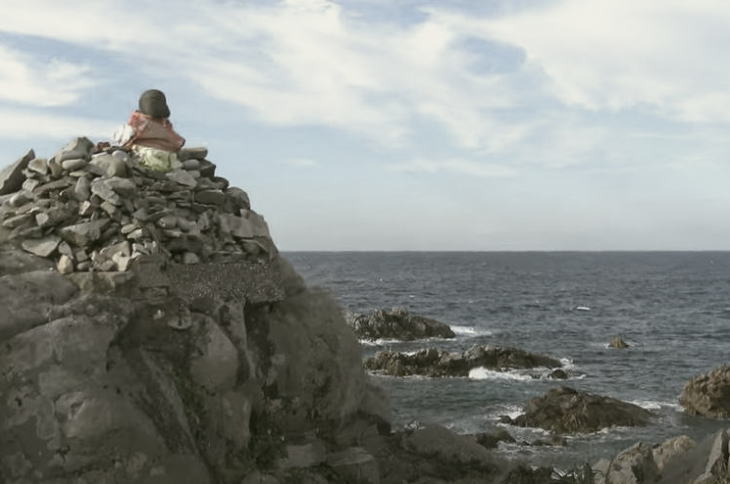
Administratively, this area is part of Higashidori Village in Aomori Prefecture. The village is sparsely populated, with its total population of about 6,000 as of now. Many residents are engaged in commercial fishing. The village’s abalones, sea urchins (uni) and seaweed like Japanese konbu kelp are highly prized. The area around Cape Shiriya has a lot of wetlands and is abound in rare species of plants and animals. It became part of Shimokita Hanto Quasi-National Park in 1968.
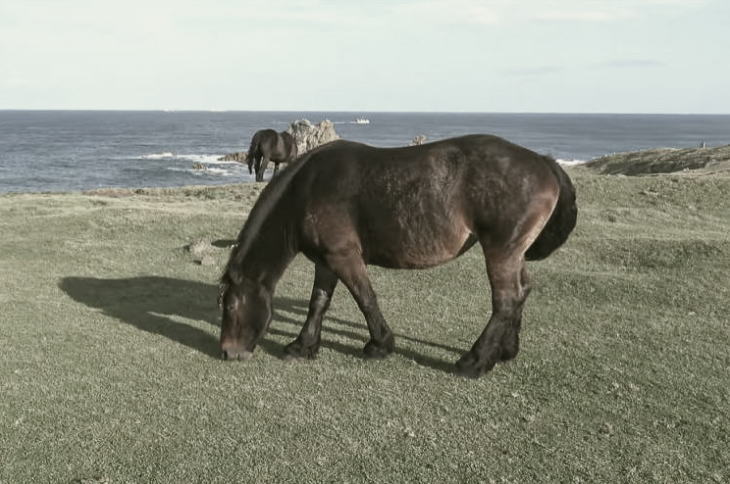
Higashidori Village is noted for at least two attractions. One is Shiriyazaki Lighthouse. It was the first western-style lighthouse built in the Tohoku Region. This white structure was designed by a Scottish engineer named Richard Henry Brunton (1841-1901) and was completed in 1876. Brunton was one of the first O-yatoi Gaikokujin (foreign advisors hired by the Meiji government). During his stay in Japan, he designed as many as 26 lighthouses across the country, established a school for lighthouse engineers. Today he is called the Father of Japanese lighthouses.
With a height of 33m, the Shiriyazaki Lighthouse is still the tallest “brick lighthouse” in Japan. It was in this lighthouse that Japan’s first fog horn was installed in 1879. And in 1901, Japan’s first self-generating electric light for a lighthouse was introduced here. The Japan Lighthouse Association selected this lighthouse as one of the “50 excellent lighthouses of Japan”. Even today, the light source of this lighthouse is one of the brightest in the country.
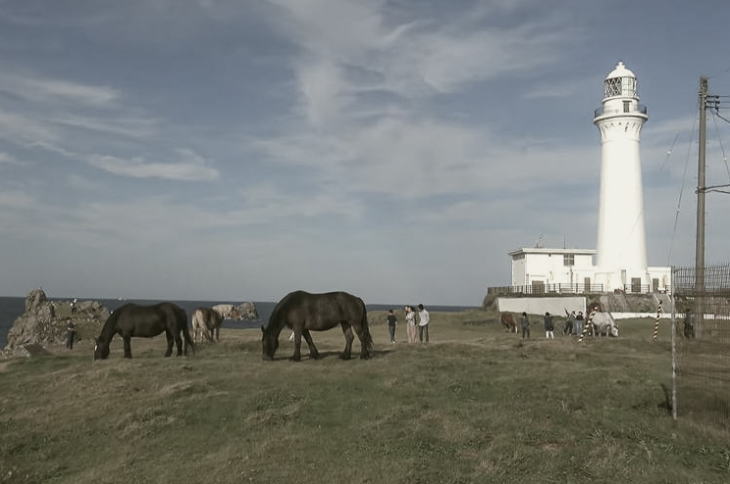
The other noted attraction of Higashidori Vilage is so-called Kandachime horses. They are unique to the village and are now protected as a Prefectural Natural Treasure of Aomori. Since long ago, village people have been using horses for agricultural and other draft work like carrying seaweed to the nearby hamlets. Over time, those horses were crossed with a number of foreign breeds to improve strength and durability. After 1960, in particular, cross-breeding with the Trait Breton, a French breed, was encouraged. Perhaps that is one of the reasons why the present-day Kandachime horses have large bodies and muscular legs.
Currently, there are 25 Kandachime horses in the village. They are basically at pasture all year round, grazing around Cape Shiriya from April to November. During the winter, they spend time in the nearby winter pasture called “Ataka”. This style of keeping horses is uncommon in Japan. On a fine day, a number of horse lovers come to meet them. The horses are friendly and not afraid of humans at all. But please be careful not to surprise them because they could harm you when frightened.
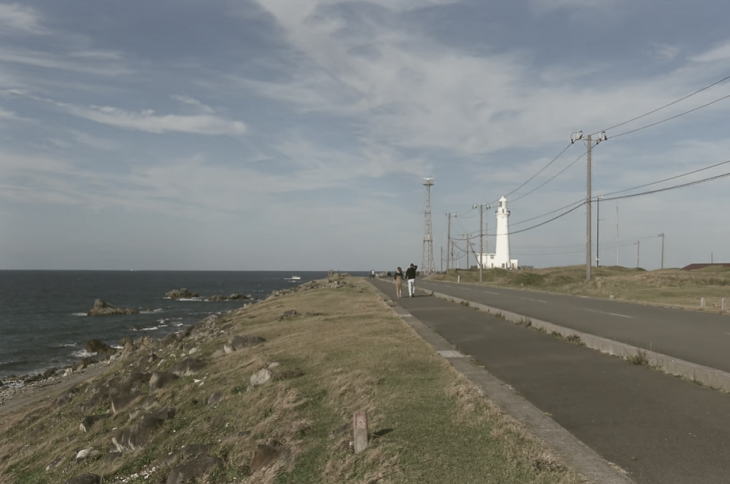
The first time I visited Cape Shiriya, a strong wind was blowing. But it was not very cold. I drove a long distance from the center of Aomori City. Northbound through the Shimokita Peninsula. During the last 20 minutes or so of the driving, I didn’t see many residential houses. And there was little traffic. Sometimes it was as if I was driving through the vast fields of Hokkaido. I was listening to the radio. It was a program hosted by Tatsuro Yamashita. He happened to pick up this tune by Procol Harum, “A Whiter Shade of Pale”. Then, Tsugaru Strait, as blue as eternal, gradually came into view through the bushes on my left.
Second Visit: March 2019
I visited the Ataka pasture in early March 2019. Ataka is the place where Kandachime horses spend the winter season. It is located 3.3 km south of the Shiriyazaki Lighthouse. The horses are moved to this place in late December and stay here until late March. I asked a staff from the village’s administrative office if the horses are taken here directly from the pasture around the lighthouse in late December. “No,” she said. “In the beginning of December they are temporarily moved into a pen located halfway between the lighthouse and Ataka. It is for a medical check-up. Then, they come to Ataka around December 20”.
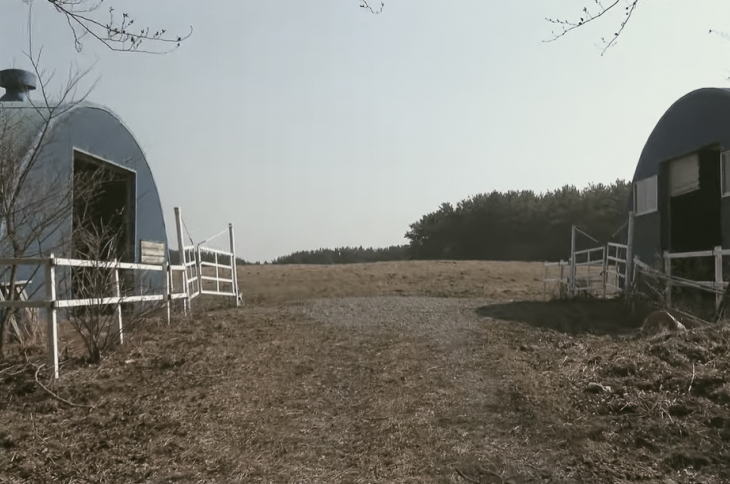
They say that the direct ancestor of the Kandachime horse is a type called the Tanabu horse. In the Edo Period (1603-1868), Tanabu horses were roaming the pasture throughout the Shimokita Peninsula. As working animals, they were strictly controlled by Morioka Domain (Nanbu Domain) that reigned in this area. They had short but muscular legs, relatively small frames, and strength to endure the severe winter of this region. The Tanabu horse is said to have descended from the Nanbu horse, a type indigenous to Japan. But today the original Nanbu horse is believed to have “disappeared” as a result of a number of cross-breeding with foreign horses.
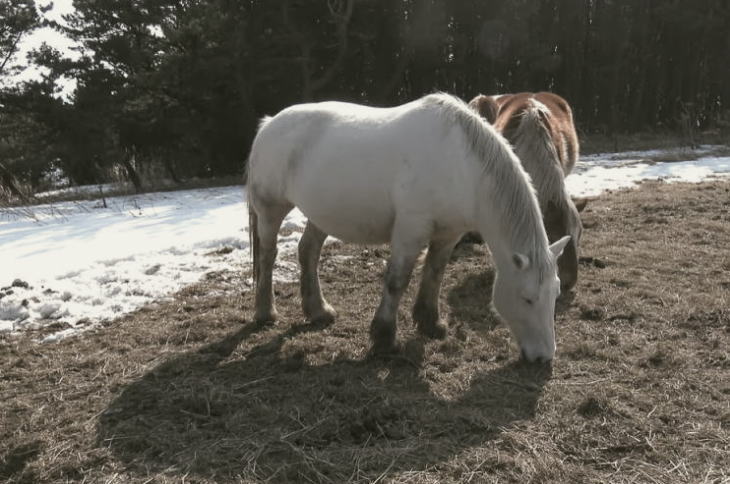
From the late 19th- to the early 20th century, the horses in the Shimokita Peninsula were further crossed with various other breeds to gain more sturdiness. They were used mainly for agricultural and military purposes. What should be noted is that cross-breeding with the Trait Breton was conducted only for the horses in the Shiriya district. And that gave the “Kandachime horses at Cape Shiriya” a kind of distinction different from any other breed in Japan.

After seeing the horses, I walked across the bushes to the rocky seashore. It was the Pacific Ocean. The water in the pools among the rocks was crystal clear. Looking into the pool, I could see some small fish and shellfish vividly. Since Higashidori Village is located at the tip of the peninsula, the village’s coastline is roughly divided into two sections: the Pacific coast in the east and Tsugaru Strait coast in the west. And seaweed-gathering has flourished here and there in these coasts since long ago.
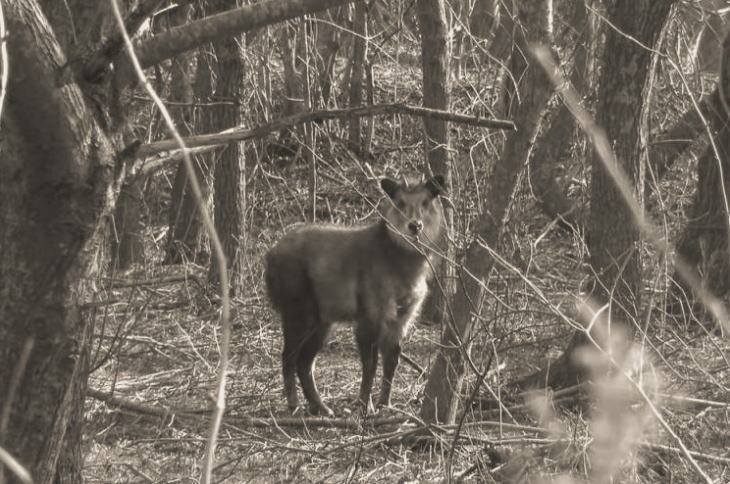
On the way back to the pasture, I noticed something was looking at me in the bushes. It was a Japanese serow, a kind of Japanese antelope. They are distributed widely across Japan. But, at one time, the number of them declined greatly due to overhunting. The Japanese government didn’t neglect this situation. They added the mammal to its Natural Monument of Japan list in 1934. And again in 1955, the species was designated as a “Special” Natural Monument of Japan. Since then, the Japanese serow has been protected and their number increased.
Third Visit: October 2019
I visited Cape Shiriya again in the end of October 2019. It was cloudy and a little bit cold. This time, not many Kandachime horses were seen near the seashore. Most of them were gathered together inside a pen a little far from the lighthouse. They were as friendly as ever. I heard that almost all the horses at pasture are mares. A stallion is mingled with them during the breeding season only. Today, a local livestock union is controlling the number of Kandachime horses in Higashidori Village. After World War Two, the demand for farm horses decreased as the farm work was gradually mechanized. At one time, the number of the horses was reduced to only nine. But thanks to the efforts by the local stock raisers, the number of them has increased to 25.
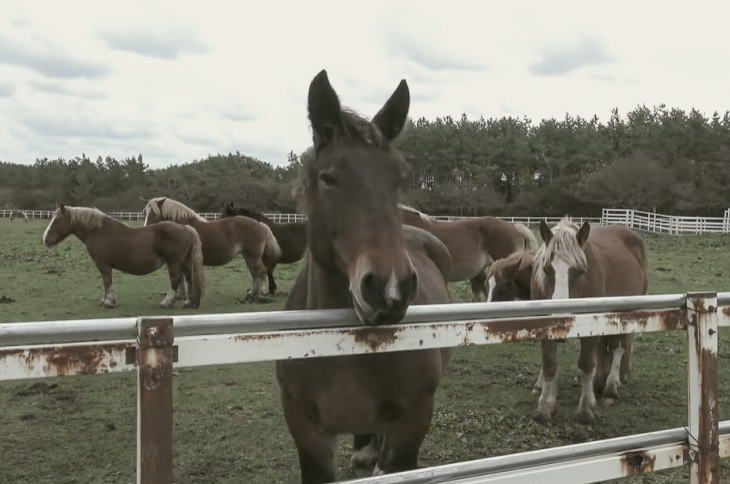
The first time I visited Cape Shiriya, it was as if I had lived my life until that day only to visit there, only to see the sight. I am not exaggerating. But it is very difficult to explain. The Kandachime horses are adorable, but they are not the sole reason why I am drawn to this place so strongly. It is something indescribable, but it may have something to do with a sense of “attainment” brought about by actually stepping onto the northern fringes of Japan’s main island. If you visited this place yourself, I think you would understand what I mean.
Paying an admission fee, you can climb to the observatory of the Shiriyazaki Lighthouse. (But please note that in the winter season, the area around the lighthouse becomes inaccessible.) That day, I actually went up its narrow and steep stairs. There are 128 steps in total, and it took me about 2 minutes and 30 seconds to get to the top. From its observatory, you can see the magnificent view of the Pacific Ocean, Tsugaru Strait, and even the opposite shore of Hokkaido.
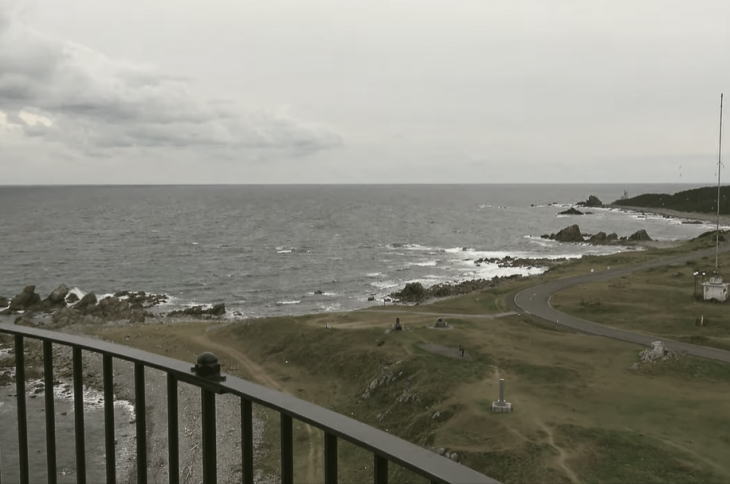
On July 14, 1945, during World War Two, the Shiriyazaki Lighthouse was attacked by carrier-based planes of U.S. Navy. An operator who was in the radio communication room was killed, and the building was severely damaged. But in the following summer, a number of people reported that they saw a light in the ruined lighthouse. Also, a fishing boat, which was about to be wrecked in the middle of the night, was guided by the light of the lighthouse and was landed safely.
People investigated the lighthouse, but they only found that the light room was destroyed and the stairs were blocked with rubble. The head person of the lighthouse at that time submitted an official report titled “On the strange light in the Shiriyazaki Lighthouse” to the National Lighthouse Bureau in Yokohama. People rumored that the light was actually a psychic phenomenon caused by the deceased operator, and they called the structure the “ghostly lighthouse”. In August, a temporary light was installed and the rumor stopped.
Fourth Visit: February 2020
I visited the Ataka pasture again in the middle of February. Kandachime horses were grazing vigorously as the snow was lightly falling. Perhaps the temperature was below zero (Celsius) that day. People in Tokyo or Osaka would have felt the cold very much. But, for people living in Aomori, the northernmost prefecture in Honshu, this level of coldness is a usual thing.
Why are these horses called Kandachime? The name was first coined in 1970 by a man named Tsutomu Iwasa. Until then, the horses in the Shiriya district had been simply called nobanashi-uma (horses let loose on the fields). Originally, kantachi (寒立ち, or “standing in the cold”) was a term describing a particular posture of Japanese serows. (They have a habit of standing motionless in the snow for a long time.) This term was often used among matagi hunters in the Tohoku Region.
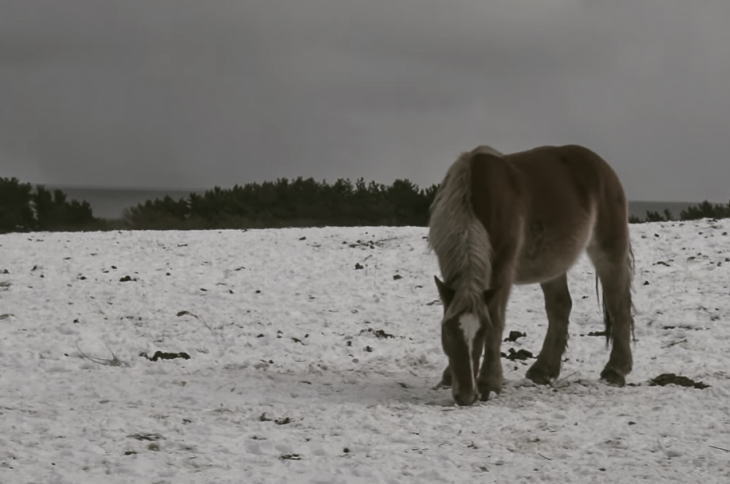
At a New Year’s calligraphy session (書き初めの会) in 1970, Iwasa, then principal of the Shiriya Elementary and Junior High School, read a waka he had composed, which goes: Shinonome ni / Isami inanaku / Kandachime / Chikushigahara no / Arashi monokawa. (It roughly translates: Kandachime horses / Neighing loudly / At the first light of the dawn, / Despite the storm / Over the Chikushigahara hill.) After this calligraphy session, people in Shiriya began to call their local horses “Kandachime”. And eventually it spread nationwide.
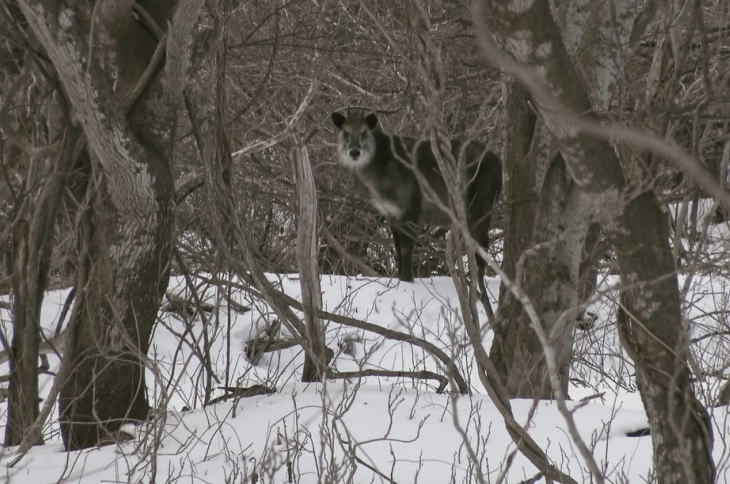
When I glanced at the bush, I noticed a Japanese serow was watching me. Perhaps it was the same individual that I met last March. Serows usually live in broadleaf forests deep in the mountains. But recently, with their numbers increasing, they are sometimes seen in low-lying regions. In particular, serows in the Shimokita Peninsula are known for appearing near the coastline from time to time.
Fifth Visit: August 2020
It was the first time for me to visit Cape Shiriya in mid-summer. Summers are hot even here in the north country. But I always feel summers in Aomori are more comfortable than in the rest of Honshu because the air is slightly drier here. At Cape Shiriya in summer, the blue ocean and a lot of wildflowers delight the eyes of visitors. These wildflowers include orange-colored Sukashi-yuri (or Japanese see-through lily) blooming on a cliff, and Iris ensata (or Japanese wild water iris), which is the symbol flower of Higashidori Village.
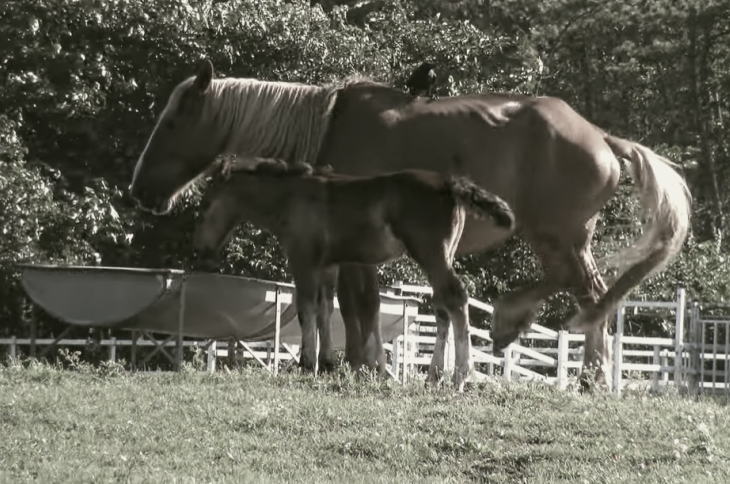
This time, I could see a newly-born foal. I thought the foal was not independent of the parents. The horses on the field of grass were consistently pestered by horseflies seeking for their blood. I felt sorry for them. Then, a crow descended on the back of a horse and began to eat those horseflies.
❖There is sound. Please be sure to wear your headphone.
Getting There
I think the best way to get to Cape Shiriya is to get a rental car in Mutsu City. It is a 40- to 60-minute drive on the Aomori Prefectural Road No.6. Also, there are buses connecting Mutsu City with the cape. But there are not many departures a day. In addition, you need to check the last bus that returns to Mutsu City. If you missed this last bus at the cape, you could be left stranded at the edge of Japan’s main island with horses. However, if you must go there in winter and you are not used to driving on a snowy road, taking a bus could be a safer option. In the winter season, buses don’t go as far as the lighthouse, and horses are not around the lighthouse, either. The last destination of winter buses is a “Shiriya bus-stop” 3km south of the lighthouse. Please get off there and the Ataka winter grazing land is a 20-minute walk to the east.
Conclusion & Contact
The conclusion is I like Cape Shiriya. Like the landscape there. Like the horses there. Like the people in the Shimokita Peninsula because they are very kind. If you are interested in visiting Cape Shiriya and seeing kandachime horses, please send a message through the Rate/Contact page of this website.
Photographs by T. Terada.
Outbound Links (New Window)


